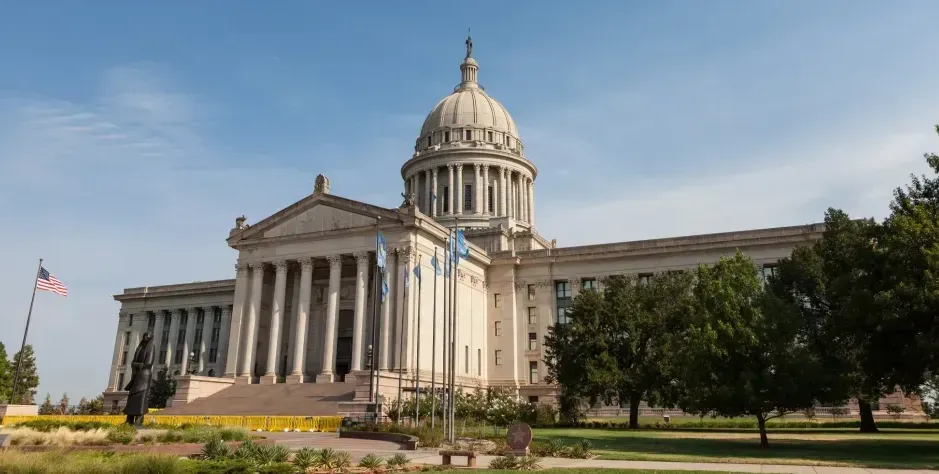Reading is Fundamental to Academic, Career Success
It is back to school time for children of all ages across the United States. As children prepare for their academic year, one critical aspect is reading literacy. Reading is the fundamental key to academic and career success.
In studies delivered by the National Literacy Institute, on average, 79 percent of U.S. adults nationwide are literate, while 21 percent of adults in the US are considered illiterate. 54 percent of adults have a literacy below a 6th-grade level (20 percent are below 5th-grade level). Low levels of literacy cost the US up to $2.2 trillion per year in reduced productivity.
Different factors contribute to this metric, but certainly one gauge is our graduation rate. According to US News and World Report, in 2023 the average state graduation rate across 49 U.S. states and Washington, D.C. (with Oklahoma being the only state to not submit data that year) was 79 percent in reviewing the 2021-2022 academic year, up two percentage points from the year prior.
Additionally, in 2022, data from the National Assessment of Educational Progress, commonly referred to as “The Nation’s Report Card,” showed that only 33% of
fourth graders and 31% of eighth graders scored at or above grade level in reading, with much of that learning loss coming from pandemic era school lessons taught virtually.
When do children usually learn to read? There is no single answer to this question, as reading skills can vary from child-to-child. However, according to the National Reading Panel (NRP), most children start reading at around 6 to 7 years old, while some children learn as early as 4 to 5 years old. Children as early as two years old have incredible brains that allow them to learn more and learn faster than they can when they are older, so reading to them begins this process at that earlier age.
I was thrilled to hear a Rotary program presented by an OKC Metro school superintendent highlighting her experiences and expectations for the school year with the issues facing children on the northeast side of the city, including early childhood literacy.
She shared a sign-chart from several years ago showing how few of her three-year-old students were able to write their names at the beginning of school compared to the end gains based on the support from the teachers.
Now, imagine the jumpstart to learning if these students came to school knowing simply how to properly write their own names, and it is not isolated with just this school. We expect much from students in school, but a great deal of their success depends on how much they learn at home. Parents who read to their children and provide learning opportunities are increasing the odds of preparing them for success in life.
Beyond that, we as a society also have grown to expect so much more out of our schools above educational attainment. A successful program offered by the state is placing social workers into school sites to assist with helping children and their families attain success through connecting access to programs which provide support systems, such as SNAP (food), help in filling out applications for driver’s licenses and other needed government documents, and even assisting with locating jobs.
If parents must spend less time trying to find ways to survive, they have more time to spend with their children, including reading to them. This helps break the cycle of illiteracy and provides a foundation for future success for graduation rates and educational attainment for children, and a better foundation of success for our entire nation.











